2024 Loyalty Consumer Research Report
How to Future-Proof Your Loyalty Program
Jul 17, 2024 | 10 minute read
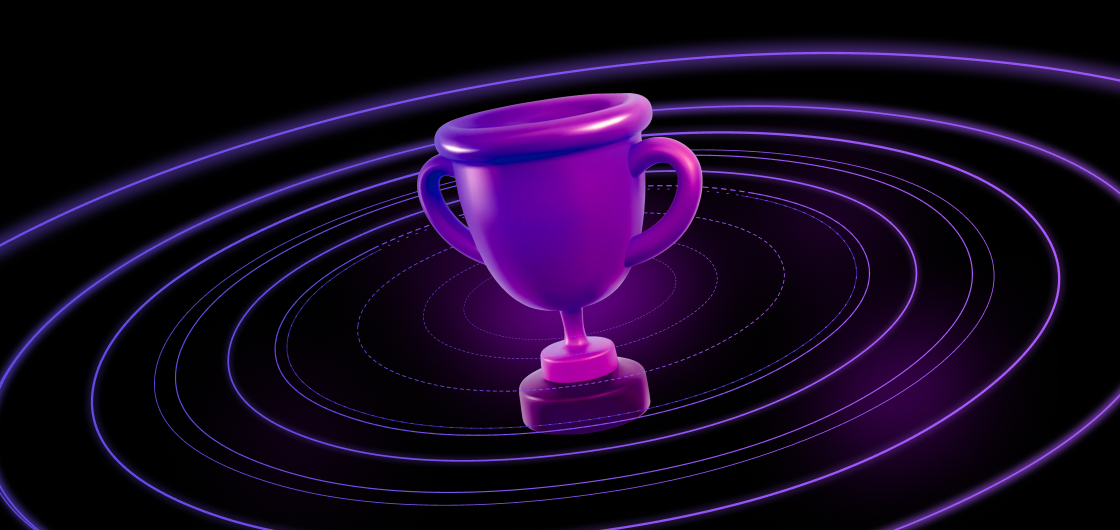
Matt Goodman
Co-founder, CEO
Loyalty programs are one of the most effective strategies to motivate customers to continue buying from your brand. The proof is in the research, with 77% of consumers stating they are more likely to remain loyal to a brand long-term if it offers a compelling loyalty program. The question is: What factors create a successful loyalty program now and in the future?
Okendo commissioned a study of over 1,000 U.S. consumers to understand the key drivers for creating a successful and revenue-driving loyalty program. This report delves into the findings, covering the impact of loyalty programs, the features consumers crave, and the pivotal role of personalization and outstanding ecommerce customer experiences.
Indeed, understanding the dynamics of customer loyalty programs is critical. Brands that strategically design loyalty programs to meet the needs of their unique consumers can expect a surge in repeat purchases, stronger long-term relationships, and sustainable growth. Whether you’re reinvigorating an existing program or building one from scratch, this report offers invaluable insights and actionable strategies to supercharge your customer loyalty and engagement efforts.
Now is the time to seize the opportunity and transform your brand’s loyalty program into a powerful engine for growth and customer retention. Leverage the following insights to build a loyalty program that’s at the forefront of ecommerce.
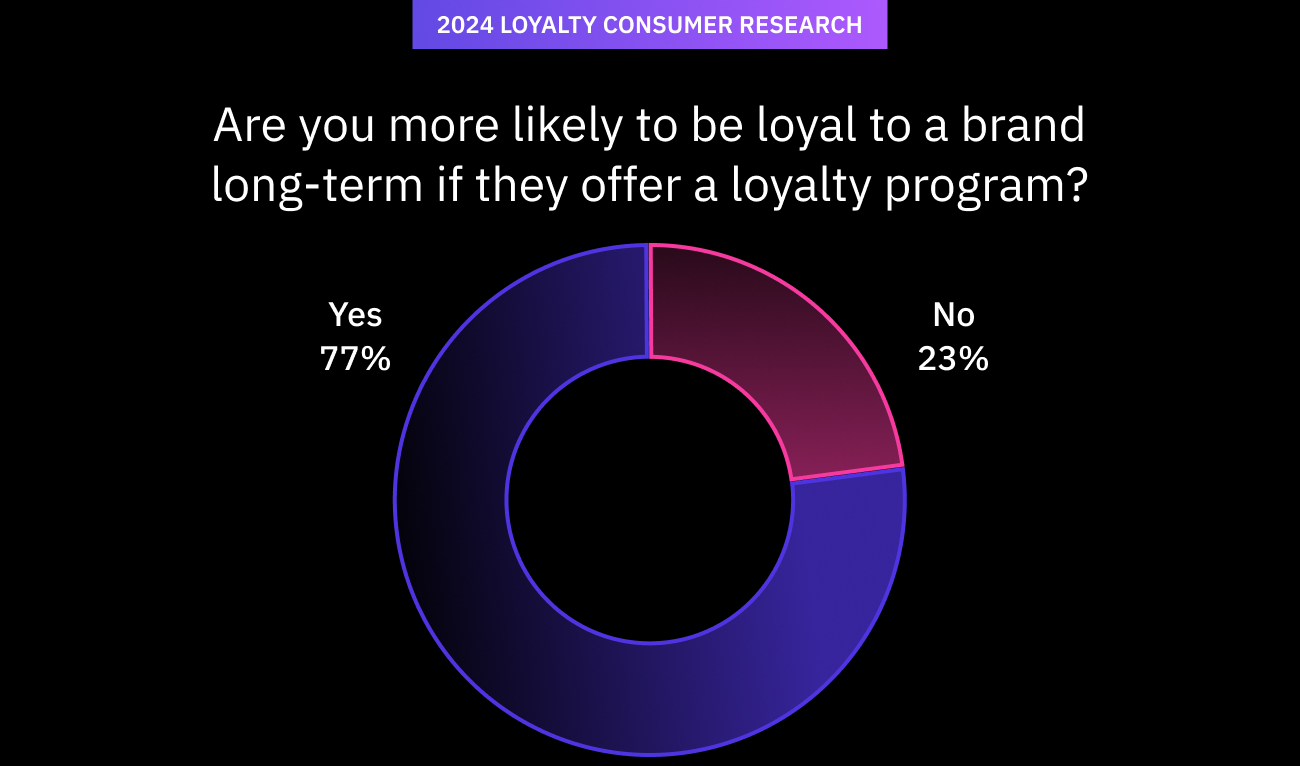
The Impact of Loyalty Programs
The survey asked consumers if they purchase from a brand more often if they are part of the brand’s loyalty program. A significant 72% of respondents confirmed that they do, indicating that loyalty programs are a powerful tool for encouraging repeat purchases. This finding underscores the importance of loyalty programs in enhancing customer retention. Brands that implement effective loyalty programs can increase the frequency of purchases, creating a more reliable revenue stream and building stronger relationships with their customers.
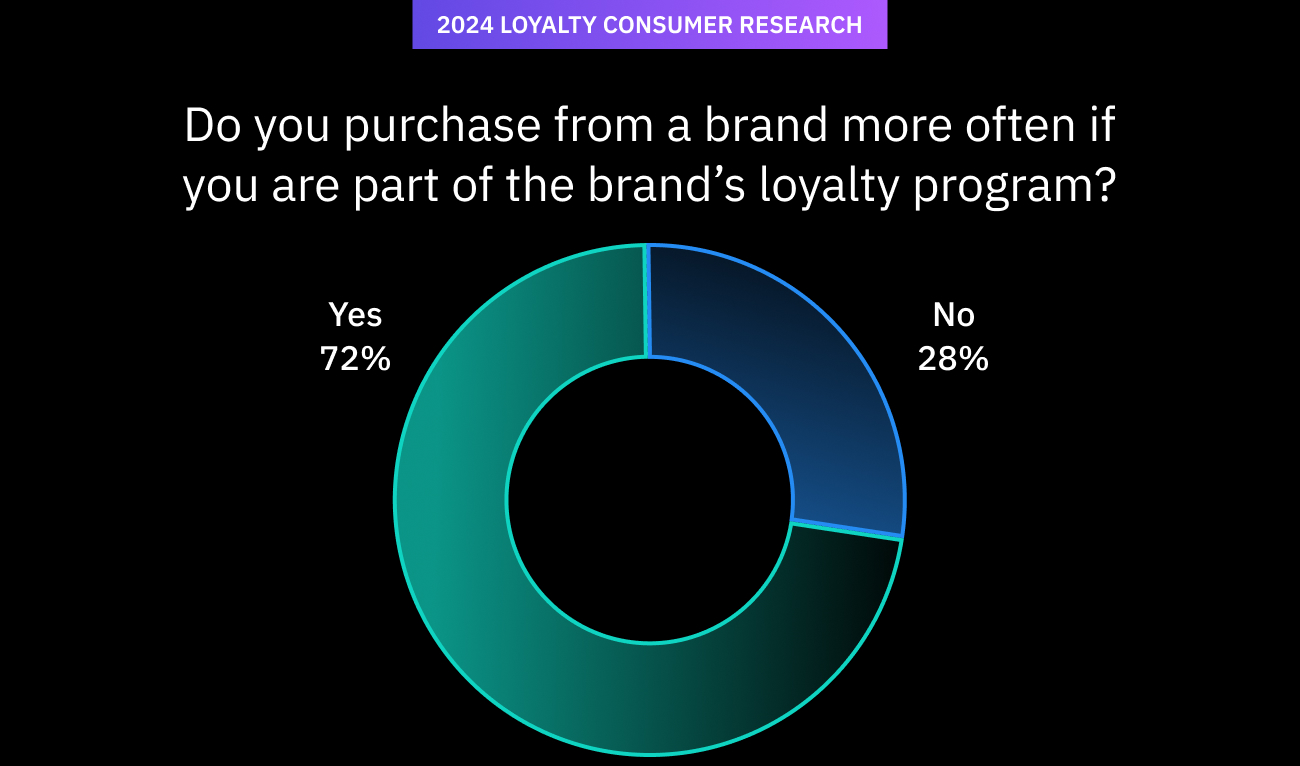
However, the effectiveness of loyalty programs is not solely dependent on the incentives they offer. The overall experience of the loyalty program plays a critical role in retaining customers. The survey found that 39% of consumers have actually stopped buying from a brand because of a poor experience with their loyalty program.
This highlights the importance of delivering a seamless and rewarding loyalty experience. Brands must ensure that their loyalty programs are well-designed, user-friendly, and provide real value to their members. Any negative experiences can lead to customer attrition and damage the brand’s reputation. In the next section, we dive into what constitutes a positive versus a negative loyalty program experience, according to consumers.
Adoption and Features of Loyalty Programs
Despite economic challenges, a noteworthy 43% of consumers reported joining a new brand’s loyalty program in the past year. This statistic suggests a growing interest in loyalty programs and presents an opportunity for brands to attract new customers through loyalty initiatives designed for the unique customer base. By creating compelling and valuable loyalty programs, brands can tap into this interest and expand their customer base.
When asked about the most important features in a loyalty program, consumers highlighted several key elements. Easy redemption of points or rewards was the top priority for 69% of respondents. This indicates that consumers value simplicity and convenience when it comes to redeeming their rewards. Brands should ensure that their loyalty programs offer straightforward and hassle-free redemption processes to enhance customer satisfaction.
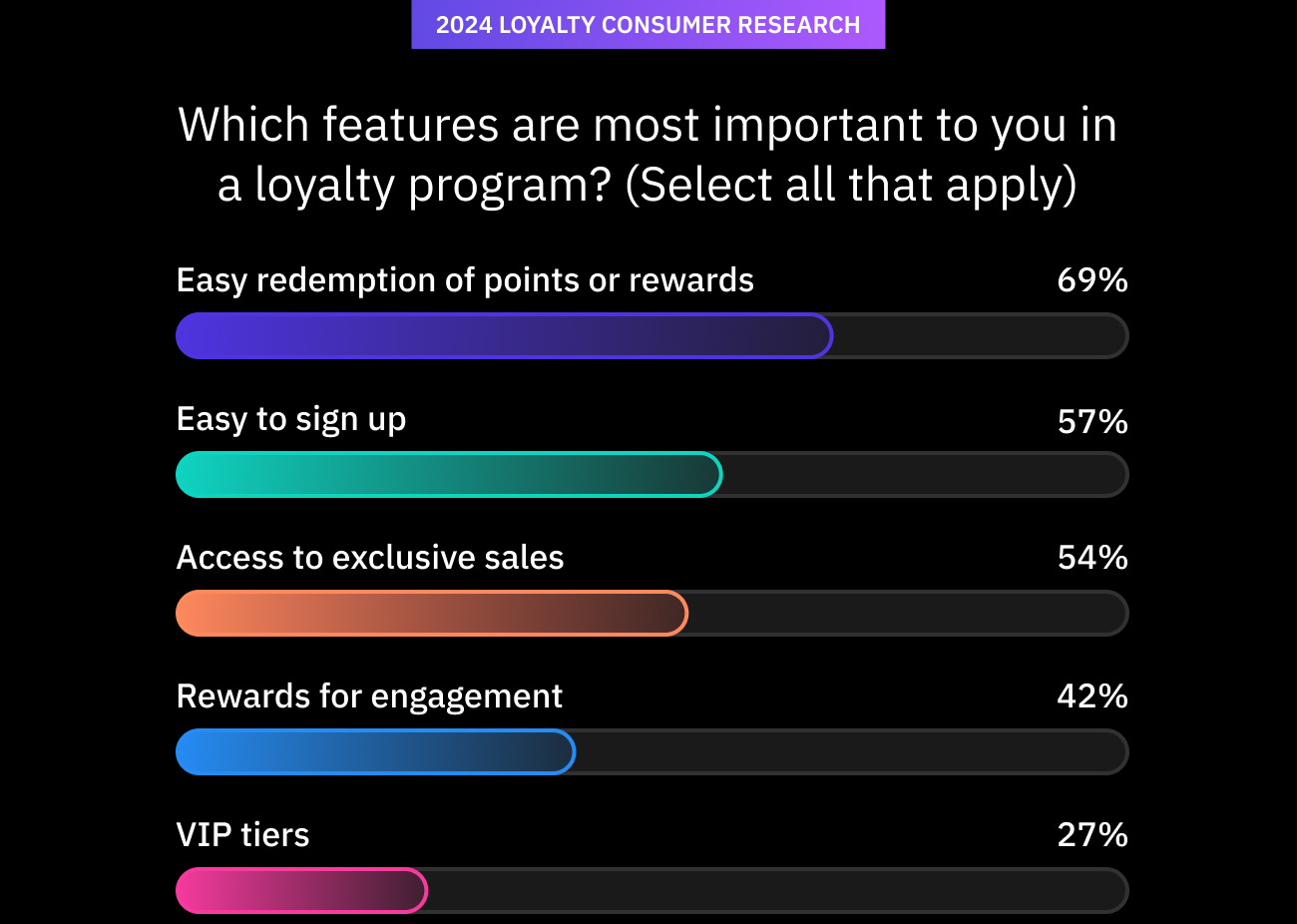
Easy access to sign up for the program or access points was important to 58% of respondents. This suggests that the initial engagement and accessibility of the loyalty program are crucial for attracting and retaining members. Brands should focus on making the sign-up process quick and easy, with minimal barriers to entry.
Access to exclusive sales or products was valued by 54% of consumers. This feature provides a sense of exclusivity and special treatment, which can enhance the perceived value of the loyalty program. Brands can leverage exclusive offers to make their most loyal members, or their Superfans, feel privileged and appreciated.
Rewards for engagement, such as reviews or social media actions, were important to 42% of respondents. This highlights the growing trend of integrating social and engagement activities into loyalty programs. By rewarding customers for their interactions and contributions, brands can foster a more engaged and active community.
VIP tiers for additional benefits were considered at least somewhat important by 74% of consumers. This proves that VIP tiers can add significant value to a loyalty program by offering enhanced rewards and experiences for the most loyal customers. Brands should consider implementing tiered structures to incentivize higher levels of engagement and loyalty.
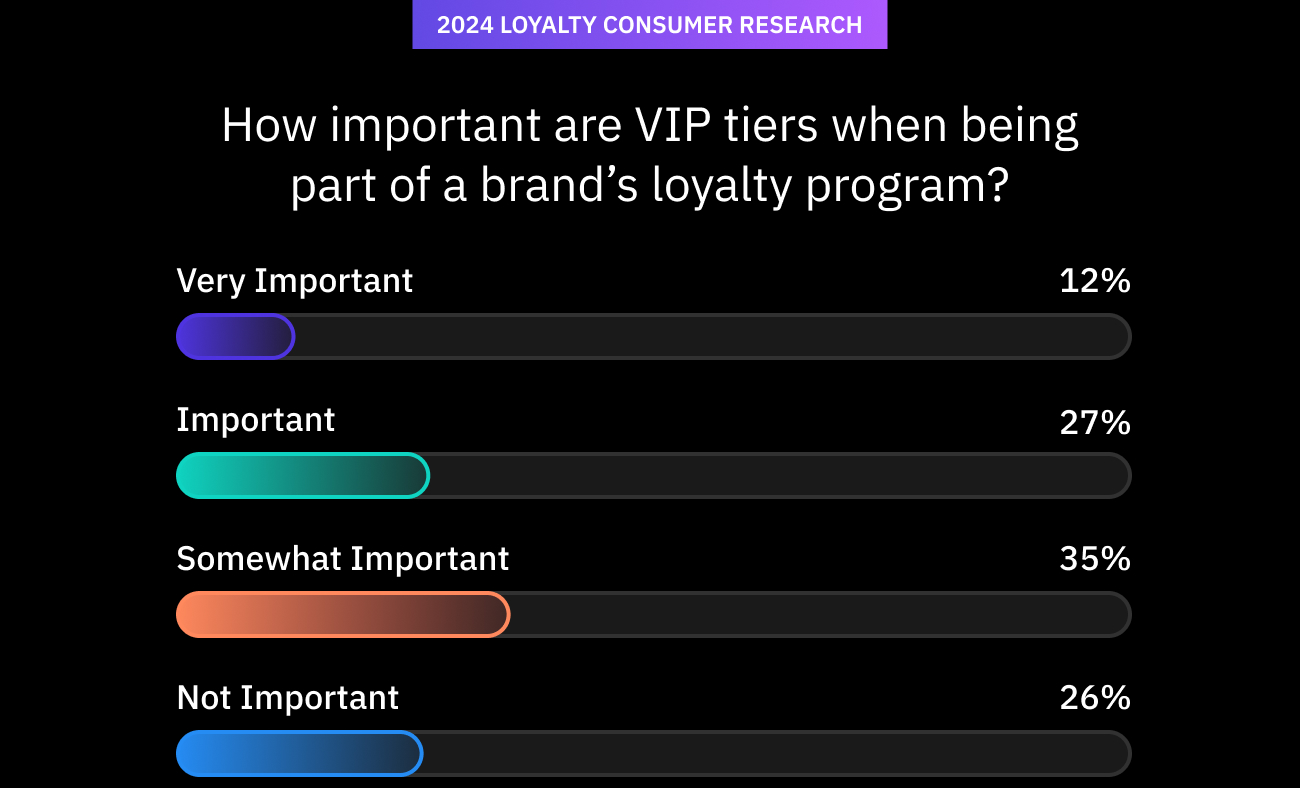
Okendo Loyalty customer, Jordan Craig, set up a simple loyalty program with three tiers: Pros, Stars, and Legends. The name “Legends” was chosen to represent the brand’s Superfans.
Loyalty helps Jordan Craig strategically communicate with their Legends. These highly engaged customers not only make purchases but also actively engage with the brand. To enhance their experience, the team uses Klaviyo to segment the Legends tier and personalize email messaging with early access to sales and exclusive offers.
Another Okendo Loyalty customer, Dixxon, creatively named their tiered loyalty program the Dixxon Insider Loyalty Fam (DILF).
Okendo’s team of loyalty experts examined the data that helped Dixxon understand they needed a 4th tier for their tiered loyalty program, so they added the “Hall of Fame” tier to keep with the exclusivity vibe of the brand. If customers reach that tier, they get an exclusively designed flannel. This was Dixxon’s way to keep customers motivated to move up tiers.
Economic Conditions and Consumer Loyalty
Economic conditions play a crucial role in influencing consumer loyalty to brands they frequently buy from. The survey revealed diverse consumer responses to their shopping preferences during economic uncertainty.
26% of consumers reported that they remain loyal to their favorite brands, valuing consistency and trust during uncertain times. This group of consumers places a high value on the reliability and familiarity of their preferred brands, suggesting that maintaining a consistent and trustworthy brand image can help retain loyal customers even during economic downturns.
Conversely, 32% of respondents said they switch to less expensive brands to manage costs, even if it means leaving brands they previously preferred. This indicates that a significant portion of consumers are willing to compromise on brand loyalty to save money. Brands that compete on price or offer competitive value propositions can attract these cost-conscious consumers.
Another 25% of consumers seek out brands offering promotions, rewards, or better value to maintain their loyalty. This highlights the importance of promotional strategies and personalized offerings in retaining customers during challenging economic times. Brands that effectively use promotions and rewards can keep customers engaged and loyal, even when economic conditions are tough.
Meanwhile, 17% of respondents continue to choose brands based on quality and preference, suggesting that a segment of consumers prioritize quality over cost savings. For these consumers, maintaining high product standards and delivering exceptional quality can drive loyalty.
These findings underscore the complexity of consumer behavior during economic fluctuations. Brands must navigate a delicate balance between cost-efficiency and value proposition to cater to the varied preferences of their customer base. By understanding and addressing the different factors that influence consumer loyalty—such as trust, price sensitivity, promotional value, and quality—brands can develop more targeted strategies to retain and attract customers.
The Role of Personalization and Customer Experience
In the age of abundant choices and fierce competition, personalization has emerged as a critical differentiator that can significantly influence brand loyalty. Personalization is a key factor that impacts how consumers perceive and engage with brands.
The survey revealed that more than one-third (36%) of consumers feel significantly more loyal to a brand when they receive a personalized experience, while 46% are somewhat influenced. This indicates that personalization can significantly enhance customer loyalty by making customers feel valued and understood. Brands should leverage zero-party data to deliver personalized experiences, tailored recommendations, and relevant offers. Zero-party data is information that customers willfully share about themselves, making it the most transparent and ethical path to understanding their needs, preferences, and expectations. By collecting it, brands can deepen customer relationships and foster long-term loyalty.
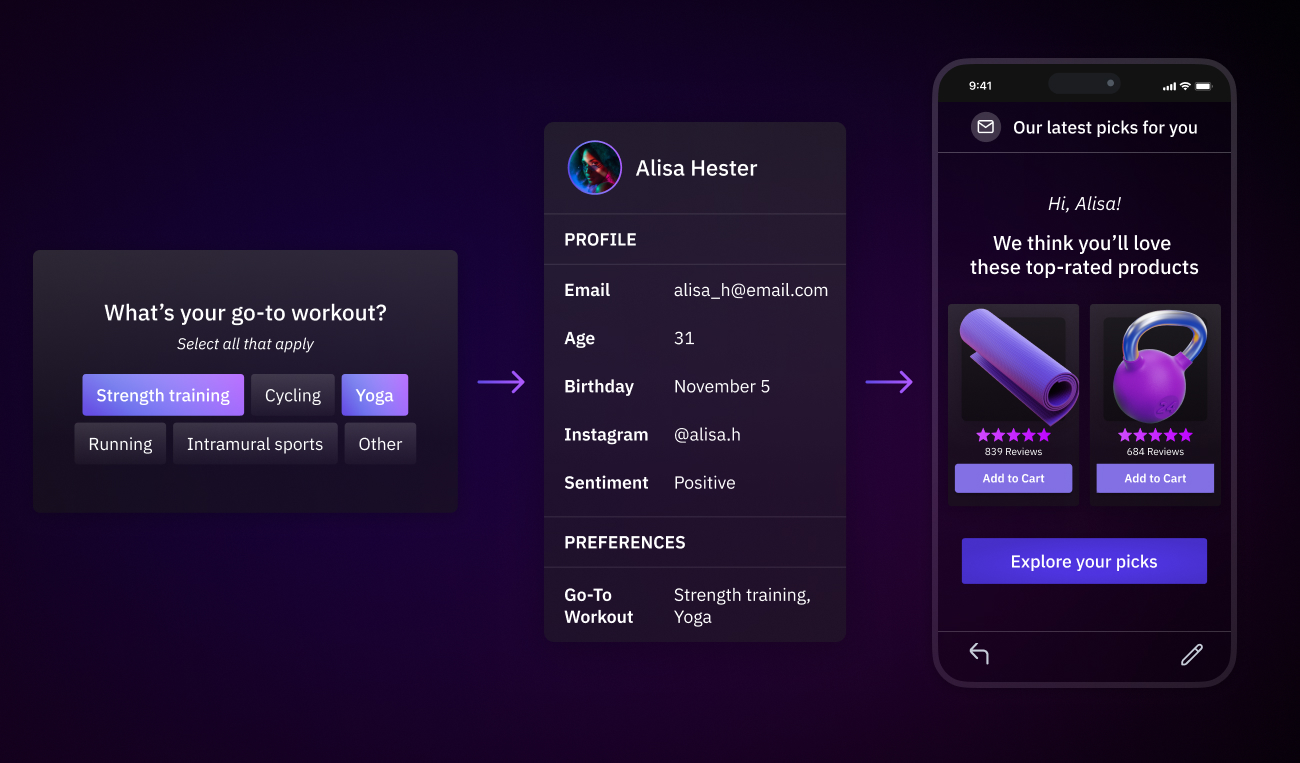
Satisfied loyalty program members are more likely to recommend a brand to others. 41% of respondents say they are very likely to recommend a brand if they are satisfied with its loyalty program, while 32% are somewhat likely. This data underscores the impact of a positive loyalty program experience on word-of-mouth referrals. Brands that deliver exceptional loyalty programs can leverage Superfans, driving organic growth and attracting new customers through recommendations.
“The loyalty program helps us make it much more efficient [to connect with our VIBs, or Very Important Bronzers]. Now, we have a strategy to start fostering relationships with those VIBs.”
Maddy Balderson
Director & Co-Founder
Luna Bronze
The Future of Loyalty Programs
Building customer loyalty is about much more than providing customers rewards for purchases. It involves how well you meet the needs of your customers both in your loyalty program and in the overall customer experience. The loyalty program of the future will be measured on how in-depth you can personalize experiences and give customers the features they want, all while staying true to your brand.
The insights from this survey provide valuable guidance for ecommerce brands looking to future-proof customer loyalty and engagement. Despite the challenges posed by economic uncertainty, there are clear opportunities for brands to tailor their loyalty programs to meet the evolving needs and preferences of their customers.
Simplify Loyalty Programs: Brands should focus on creating loyalty programs that are easy to join and navigate. Simplifying the sign-up process and ensuring easy redemption of rewards can enhance the overall experience and encourage more customers to participate.
Offer Exclusive Access: Offering exclusive access to sales and products can make loyalty program members feel valued and appreciated. Brands should leverage this feature to create a sense of exclusivity and privilege.
Integrate Engagement-Based Rewards: Integrating engagement-based rewards, such as incentives for reviews, referrals, and social media actions, can foster a more active and engaged customer community. By encouraging customers to interact with the brand, share their experiences, and contribute to the brand’s online presence, brands can strengthen their customer relationships.
Consider VIP Tiers: Brands should consider the role of VIP tiers in their loyalty programs. While not all customers may find them important, VIP tiers can add significant value for the most loyal and engaged customers. Brands should carefully assess their audience and determine whether VIP tiers will enhance their loyalty program.
Leverage Personalization: Personalization is another critical factor in driving loyalty. By leveraging zero-party data to deliver personalized experiences, brands can make customers feel valued and understood. This can significantly enhance customer loyalty and foster long-term relationships.
Recognize Positive Experiences: Finally, brands should recognize the power of a positive loyalty program experience in driving word-of-mouth referrals. Satisfied loyalty program members are more likely to recommend the brand to others, driving organic growth and attracting new customers.
In the ever-evolving ecommerce arena, loyalty programs stand out as a game-changing tool for brands to cultivate lasting customer relationships now and in the future. However, simply having a loyalty program is not enough – the true power lies in crafting an experience that strikes a chord with modern consumers.
By prioritizing simplicity, value, engagement, and personalization, brands can elevate their loyalty programs from basic transactional offerings to remarkable experiences that keep customers invested and eager to return. Brands that blend these elements the right way will uncover opportunities to retain their valuable customer base, drive increased purchases, and forge the kinds of authentic bonds that withstand the test of time.
At their core, exceptional loyalty programs make customers feel understood, appreciated, and an integral part of the brand’s journey. They create a sense of belonging that transcends discounts and points, fostering a loyal community of brand advocates. As this study reveals, the impact of getting it right is profound – a deepened connection, resilient revenue streams, and a brand that stands out as customers’ enduring choice.
Build your dream loyalty program with Okendo Loyalty. Get hands-on guidance and strategic support from our team of loyalty experts at every step of building and launching your program. Okendo makes it easy to launch a loyalty program that is uniquely tailored to your customer community and maximizes lifetime value.
Ready to learn more?